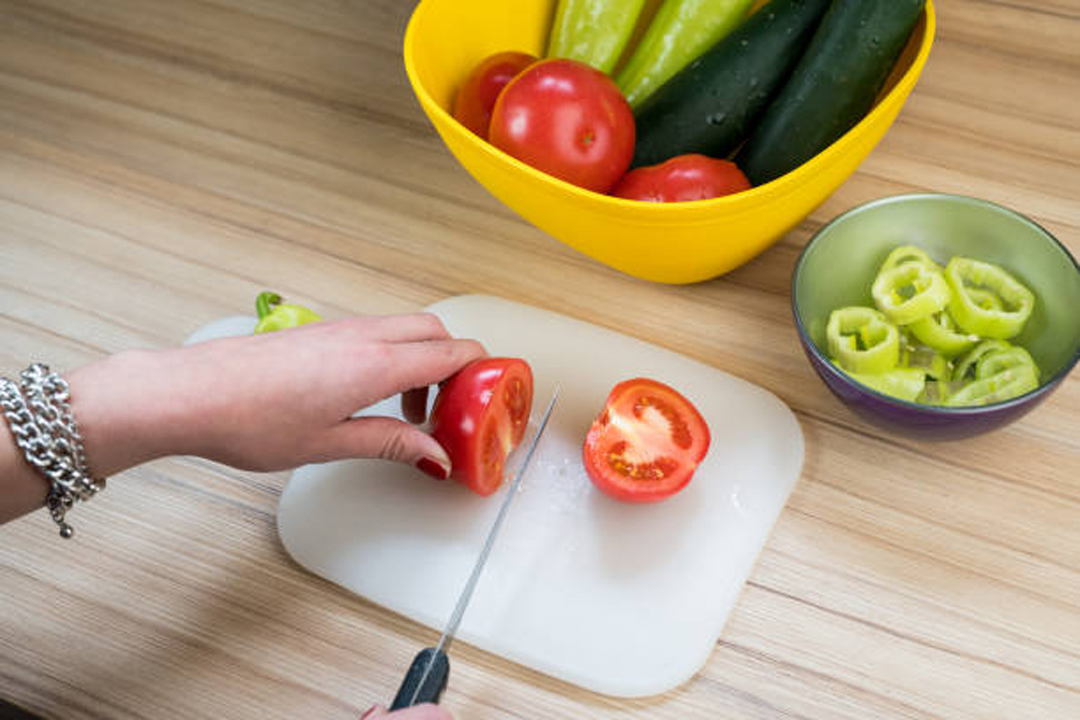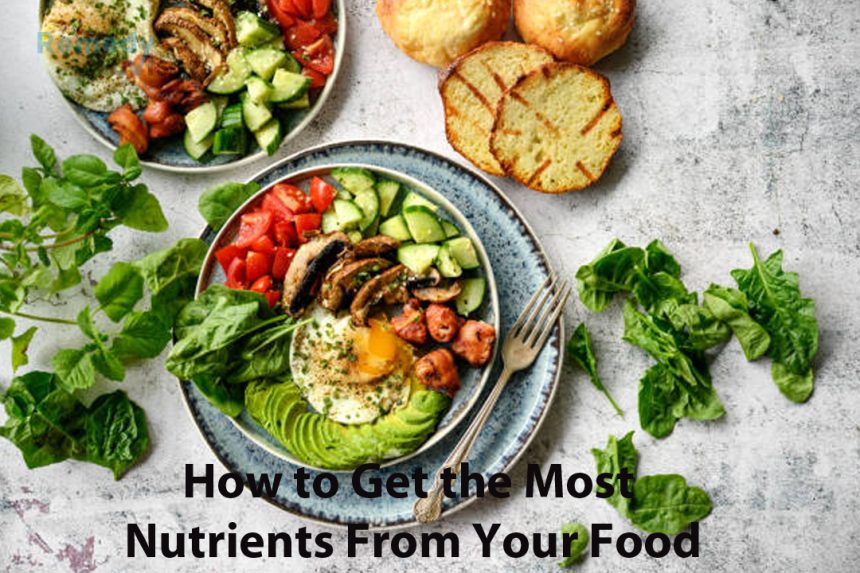If you eat three square meals a day or take vitamin supplements, you might think you’re getting adequate nutrition. But you could be wrong.
Nutrition isn’t that simple or direct. Your body doesn’t always make the best use of all the vitamins you take in, either in food or in supplements. Some nutrients never get to where they can do the most good. Others sail through your system without being absorbed.
Your diet insurance
But there are ways to help ensure that you’re getting what you need.
You can multiply your intake of vitamins and minerals, without spending extra money on supplements or foods, by making a few simple, economical changes in the way you shop and prepare meals. These hints will help you get the most nutrients for your food dollar.
Choose the best
Not all fruits and vegetables are created equal. In general, the darker the food, the more nutrients it contains. For example, pink grapefruit contains more than 30 times the vitamin A of white grapefruit. Romaine lettuce has twice the calcium and iron, 8 times the vitamin C, and more than 10 times the vitamin A of iceberg lettuce.
One of the most nutrient-packed vegetables you can eat is broccoli. Other top contenders are spinach, Brussels sprouts, lima beans, peas, asparagus, artichokes, sweet potatoes, carrots, red bell peppers and winter squash.
Go easy on the processed foods
They have more calories and less nutrients than their natural counterparts. Raw nuts have far more thiamine and vitamin B6 than roasted nuts. Whole wheat bread and brown rice are higher in nutrients and fiber than their processed white counterparts. Even if the processed food is “fortified,” it usually doesn’t provide the same range of nutrients as a natural, whole food.
Eat food fresh
And we mean very fresh. Even a day or two in the refrigerator can rob a fruit or vegetable of precious nutrients.
Why? Because produce is virtually alive its cells are still consuming oxygen and burning fuel to produce carbon dioxide and heat. This uses up nutrients. Fruits and vegetables can lose half their vitamin C after two or three days in the refrigerator, and they lose it even more quickly at room temperature.
Cover and refrigerate produce as soon as you bring it home. And if you can’t buy your produce fresh, buy it frozen; freezing retains most of the nutrients.
Store it right
Heat, light and exposure to air or water destroy certain nutrients. Follow these steps to maximize nutrition and storage life.
- Refrigerate greens in an airtight container such as a vegetable crisper. Or use plastic bags, punching a few holes for drainage to prevent sogginess. (Exceptions: cucumbers, peppers and eggplant go soft in bags).
- Don’t wash or cut fruits and vegetables before storing them, and never soak or store them in water. Leave green peas and lima beans in the pod until you’re ready to cook them.
- Store dried foods in dark, dry places and sealed against air. Dried fruits can also lose vitamins A, C and E if exposed to oxygen. Fresh fruits should be stored in an environment that conserves moisture.
Minimize cutting

Chopping produce and exposing the cut surface to air causes oxidation, which destroys certain nutrients especially vitamins A, C and Be, thiamine and biotin. So wait until the last minute before chopping, opening cans or thawing. When you do cut produce, cut it in big chunks to minimize nutrient loss. For example, you lose more vitamin C by mincing peppers than by slicing them.
Eat the whole thing
The outer layer of a plant is usually where most of the nutrients are concentrated. So use a scrubber instead of a peeler on carrots and potatoes. The skins protect against vitamin loss during cooking, too. This principle holds for fish as well. Sardines especially the inexpensive kind, with tiny edible bones far outscore salmon steaks and haddock filets in vitamin A, calcium, phosphorus and iron.
Cook it right
Fast cooking at relatively high temperatures is the best method. Cook in pans with tight-fitting lids to minimize exposure to air. And the less water you use, the better.
In general, stir-frying is the best method for retaining nutrients, followed by pressure cooking and steaming. Boiling is one of the worst, as is deep-fat frying.
Whenever possible, cook in iron pots. Food cooked this way’ may contain three to four times more iron than food cooked in glass.
Maximizing absorption
Even when you eat a balanced diet and take all the proper supplements, you may not be absorbing the bulk of the nutrients you take in. For example, even under the best conditions, calcium uptake rarely exceeds 50 percent of intake, and maximum iron absorption from certain foods may be only 5 to 15 percent.
How well you absorb nutrients depends on many factors, including:
- How much exercise you get (a fit body metabolizes vitamins and minerals more efficiently).
- How well you handle stress. The digestive disturbances that often plague the emotionally stressed can interfere with nutrient absorption.
- What kinds of nutrient-robbers you live with. The continual use of stimulants like caffeine can take its toll over time.
- Whether you consume the nutrient in a bio-available form. The body metabolizes certain forms of a nutrient better than others.
But for the majority of healthy, active people, the primary factor in nutrient absorption is diet. Not so much what you take in although that’s obviously important but when and in what combination.
Here are some other tips to help you make the most of your carefully collected nutrients.
Eat small, nutritious meals and snacks
All the nutrients your body takes in at a big meal can be hard to swallow, says John Pinto, Ph.D., associate professor of nutrition and medicine at Cornell University Medical College and assistant member at Memorial Sloan-Kettering Cancer Center in New York City.
“Many of those nutrients won’t be absorbed,” Dr. Pinto says, “because it’s easier for the gastrointestinal tract to absorb nutrients from small amounts of food over a small period of time.”
Swallow your fat-soluble vitamins with foods containing fat
Vitamins A, D and E are absorbed in the intestine in the presence of fat. Consequently, if you take your fat soluble vitamins on an empty stomach, you might flush out most of the vitamins before they can be absorbed.
What about those of us on a low fat diet? Not to worry, says Cedric Garland, Ph.D., a professor of community and family medicine at the University of California in La Jolla.
“From a practical point of view, a diet containing 15 to 20 percent fat would still be sufficient to absorb fat soluble vitamins,” Dr. Garland says.
Take your supplements with food
Food helps improve the absorption of nutrients. “It’s best that nutrients be consumed with a meal,” says Dr. Pinto. “The very sight of food begins to stimulate the appetite, triggering the release of various enzymes. Intestinal blood flow increases, preparing to help transport food through the body and move nutrients from the intestine into the bloodstream.”







